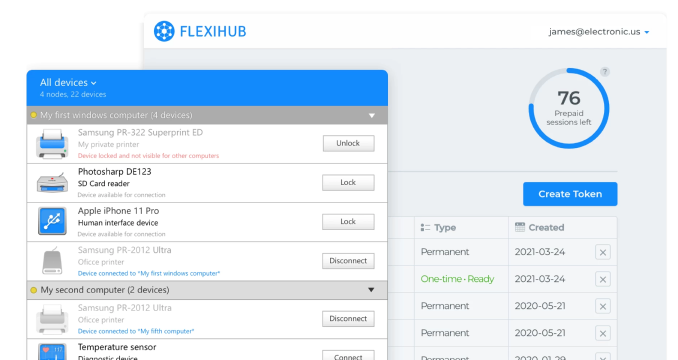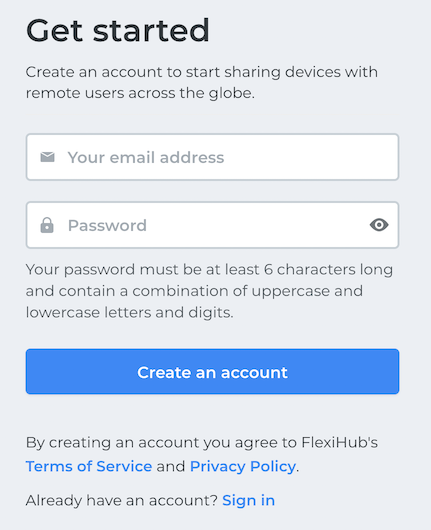FlexiHub Team uses cookies to personalize your experience on our website. By continuing to use this site, you agree to our cookie policy. Click here to learn more.


If you are one of those people who is looking for a way to enable Citrix XenServer USB support, then we’ve written this guide for a good reason.
In this article, you’ll find out about two simple ways to enable XenServer USB passthrough, and how to fix any possible issues that could come along the way.


FlexiHub is a simple yet powerful software that will help you access any kind of USB device inside Citrix XenServer without the common hypervisor restrictions.
FlexiHub has an intuitive interface and offers an advanced functionality that allows XenServer access to local USB devices.
When you find yourself in a situation when it is problematic to enable XenServer USB device passthrough, FlexiHub will help you to establish connections to real USB peripherals from your virtual machine with nothing more than a couple of mouse clicks.

One of the biggest advantages of FlexiHub is that it works on Windows, Linux, Android, and Mac operating systems. This means you can easily connect USB devices from Windows to Linux, from Linux to Mac, and in other combinations.










If you're considering using USB pass-through with XenServer 7.5 or higher, here's what you need to know to make the most of this feature while staying aware of its limitations. USB passthrough allows you to connect physical USB devices directly to a virtual machine (VM), letting the VM use the USB device as if it were locally connected.
Essential Information:
Supported Systems: USB pass-through works with specific HVM (Hardware Virtual Machine) guest operating systems. For Windows, this includes versions from Windows 7 SP1 up to Windows Server 2016. For Linux users, RHEL 7 and Debian 8 are supported.
Edition Requirements: Make sure you have the XenServer Enterprise Edition, or you're accessing XenServer via a XenDesktop/XenApp entitlement.
Security: Only use USB devices that you trust and that operate stably in a standard Linux environment, like CentOS 7. Using unreliable USB devices might compromise your system.
